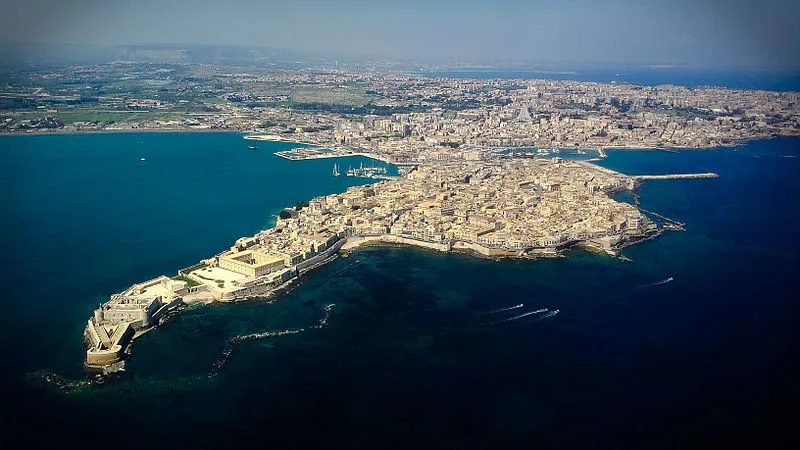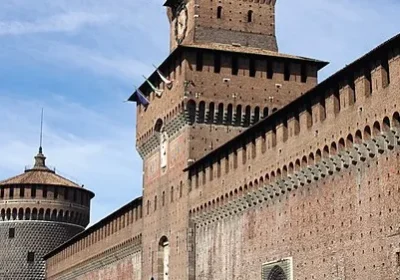Syracuse city tour.
Syracuse is a place that seems to have materialised from Greek myths and legends. A series of dizzying rises and devastating falls haunted this city in the pre-Christian era. No less disturbing was its fate in our era. In Syracuse remained many buildings made by the ancient Greeks. The remains of majestic objects erected by the Hellenes are considered World Heritage Sites. The grey stones cutting through the bright greenery are protected by UNESCO.
Take a trip 25 centuries into the past in the archaeological district of Syracuse – Neapolis. Its largest exhibit is the ruins of the Greek Theatre, built in the 5th century B.C. It is a huge amphitheatre with a capacity of 15,000 people. During the Spanish rule in Sicily, some of the stones of the ancient theatre were used for the construction of Fort Ortigia.
Another monument of ancient Syracuse is the Roman Amphitheatre. It was built for public entertainment in the first century BC. The public was invited to enjoy gladiatorial fights. In terms of its scale, the amphitheatre in Syracuse ranks third after the Colosseum in Rome and the arena in Verona.
Not far from the Greek Theatre you can admire the grotto with the poetic name of Dionysius’ Ear. Nature herself has done wonders of architecture by carving the entrance to this cave in the shape of an ear shell. It is worth seeing the Altar built in the III century BC. It served the tyrant of Syracuse in order to sacrifice to the gods.
The Temple of Apollo, which is located on the island of Ortigia, looks contrasting against the background of modern buildings. Until the 19th century, the remains of the temple were hidden from the eyes of travellers.
In order to get a clear picture of the culture of the peoples that alternately dominated Sicily, the Paolo Orsi Regional Museum of Archaeology was opened in Syracuse. The archaeologist, who led the rediscovery of most of the ancient monuments, has collected many exhibits from the ancient Greek, Carthaginian, Roman, Byzantine, Arabian, Norman, Spanish and other periods. The museum has been in operation since 1878 and is very popular.
The catacombs of St John, which appeared near Syracuse in Christian times (4th century AD), are also worthy of attention. Paolo Orsi devoted the last decade of the 19th century to a meticulous study of the site. The underground halls were used in the early Christian era for the burial of influential persons of the city. They were well preserved and served the population again during the Second World War. The Catacombs of St John sheltered anxious Italians from bombing.
In the historic part of the city you can stroll along the picturesque street corso Matteotti. Low buildings along the street greet travellers with light-coloured facades.

















